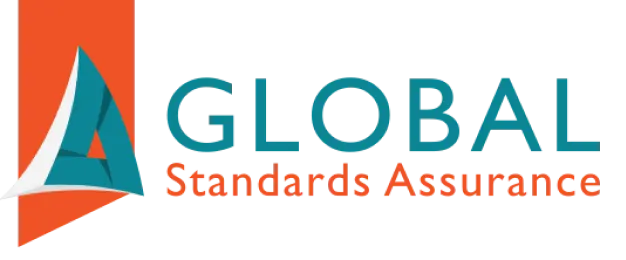The ISO 9001 standard has long been the benchmark for quality management systems (QMS) worldwide. Designed to ensure consistency, efficiency, and customer satisfaction, it undergoes periodic revisions to stay relevant in an evolving business landscape. While the last major update in 2015 introduced significant changes, including the context of the organization, many were surprised when ISO announced in mid-2023 that a revision process was officially underway.This blog explores the reasons behind the ISO 9001:2015 revision, anticipated changes, and how businesses can stay ahead of the curve.
Background On ISO 9001:2015
The 2015 revision of ISO 9001 marked a significant transformation, focusing heavily on risk-based thinking and a process-driven approach. One of the most notable changes was the introduction of the context of the organization as a core requirement.
This meant that businesses had to consider both their internal context (organizational culture, resources, governance, and operational conditions) and their external context (market trends, economic factors, legal requirements, and technological advancements) when structuring their QMS. The goal was to make the standard more adaptable to various industries and encourage organizations to integrate quality management into their overall business strategy.
The Decision To Revise
ISO reviews its standards every few years to determine whether an update is necessary. In 2021, a review of ISO 9001:2015 initially concluded that no revision was required. However, growing industry demands and ongoing discussions among stakeholders led to a change in direction.
Internal And External Context In ISO 9001
A critical component of ISO 9001:2015 is the identification of internal and external factors that influence an organization’s quality objectives. Here’s a breakdown:
Internal Context
The internal context refers to factors within the organization that can impact the QMS. These include:
- Regulatory Requirements: Compliance with local and industry regulations.
- Corporate Strategies: How quality aligns with business goals.
- Resources: Availability of capital, workforce, and technology.
- Stakeholder Relationships: Interaction with employees, partners, and suppliers.
External Context
The external context focuses on external factors that affect an organization’s operations, such as:
- Government Regulations: Compliance with evolving laws.
- Economic Conditions: Market trends and financial stability.
- Competition: Industry standards and competitive positioning.
- Technological Advancements: Adoption of AI, automation, and digitalization.
Regularly monitoring and adapting to these internal and external context factors is essential for maintaining ISO 9001 compliance.
Anticipated Changes In The Next Revision
While the exact changes are yet to be confirmed, industry experts predict several key areas of focus:
- Integration Of Emerging Technologies: With digital transformation accelerating, the new revision may address the role of artificial intelligence, automation, and data-driven decision-making in quality management.
- Stronger Emphasis On Ethics And Integrity: The revised standard could incorporate clearer guidelines on ethical business practices and stakeholder trust.
- Expanded Customer Experience Considerations: Rather than just focusing on customer satisfaction, the standard may encourage organizations to take a broader view of the entire customer journey.
- Refinements In The Context Of The Organization: The revision may further clarify how businesses should assess their internal context and external context when implementing a QMS.
Some experts also speculate that ISO might introduce a separate standard or enhanced guidelines for service-based businesses, as previous revisions have been more manufacturing-focused.
Timeline And Expected Publication
The revision process is expected to take at least three years, with ISO targeting a publication date of September 2026. However, given the recent setbacks and controversies, this timeline may extend beyond the initial estimate.
Once published, organizations will likely have a three-year transition period, meaning the full implementation deadline may be set for 2029 or later.
Preparing For The Transition
To ensure a smooth transition when the revised standard is released, companies can take proactive steps:
- Stay Informed: Follow updates from ISO and industry experts to understand the proposed changes.
- Strengthen Risk-Based Thinking: As this remains a core principle, businesses should enhance their risk management strategies.
- Evaluate Internal And External Contexts: Reviewing the context of the organization ISO 9001 requirement now will help prepare for any refinements in the revision.
- Engage Quality Management Professionals: Training staff and updating QMS processes in line with best practices will ensure readiness for future changes.
Conclusion
While the ISO 9001:2015 revision is still in progress, it is clear that the next version will bring important updates. Businesses should use this time to refine their context of the organization assessments, monitor industry developments, and maintain a strong commitment to quality management.
By staying proactive and informed, organizations can seamlessly adapt to the changes when the new standard is finally published. For ongoing updates and expert guidance, consider leveraging ISO 9001 resources that provide structured support through the transition period.
